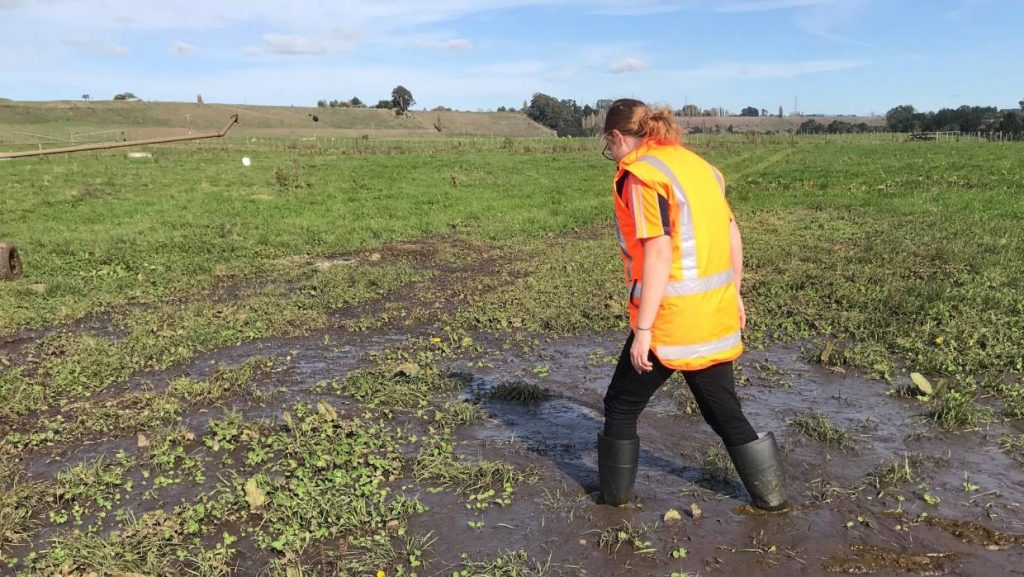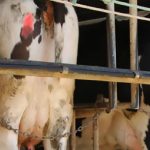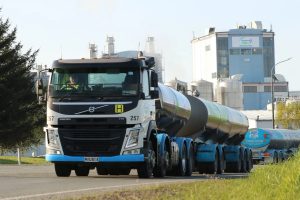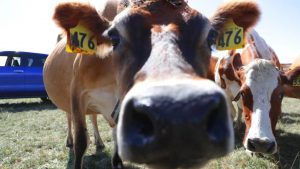
The return to aerial monitoring has revealed the extent of dirty diarying.
The latest effluent compliance statistics from the Waikato Regional Council show significant non-compliance continued to be a problem with 13 per cent (121 farms) of the 936 farms monitored during the 2018-19 season falling into that category.
Of the farms monitored, 497 (53 per cent) were categorised as as ‘high risk’, due to previous significant non-compliance or past issues with effluent storage.
Some of these farms were visited as much as five times, Waikato Regional Council farming services team leader Stuart Stone said.
Twenty per cent (99 farms) among the high risk group were found to be significantly non-compliant.
“That’s is a really concerning figure. There’s bad stuff happening when they are there and there’s another big number on top of that on the day with the right weather conditions, chances are they are going to be non-compliant as well,” Stone said.
Of the 936 farms monitored, 21 per cent were fully compliant, 4 per cent had high level compliance, 33 per cent were provisionally compliant and 29 per cent were partially compliant.
Stone said one of the positives from the data was the 10 per cent fall in provisionally compliant farmers as more either bought new ponds or had their ponds tested to prove it was sealed.
Eighteen per cent of the high risk farms were fully compliant, 3 per cent had a high level of compliance, 19 per cent were provisionally compliant and 41 per cent were partially compliant.
It highlighted the value of concentrating the monitoring on high risk farms as opposed to untargeted non-aerial monitoring. The council also re-visited all of the farms found to be significantly non-compliant from the previous year. Of those 81 farms12 per cent (10 farms) were found to be re-offending.
“We’re getting behavioural change, but I say that with caution because there’s still that element out there that won’t move.
“The results are mixed but the feeling is positive that it’s going in the right direction. The industry’s got work to do, no doubt about that. Our strategy’s working.”
The Council observed 355 farms using fixed wing aircraft. The Council did not step on to 99 of those sites because the farms were fully compliant. The council also used drones for general monitoring and to take photographs.
The Council had 20 prosecutions currently before the court and over the past year completed six. It also issued 26 infringement notices, 45 abatement notices and 126 formal warnings.
The courts also handed out record fines for non-compliance over the past 12 months, Waikato Regional Council investigation and incident response manager Patrick Lynch said
“The farms that fall into these [high risk] categories. If they’re not aware of the risk they are facing of not improving their infrastructure, they’re only going to end up in one place.”
Over-irrigation of effluent onto paddocks and inadequate effluent storage were the most common reasons given for poor compliance, Stone said.
“We’re seeing overflowing ponds and often they’re going directly into waterways.”
In other cases it was poor management by either the farm owner or staff. Farmers had ample opportunities to empty their ponds following the dry autumn last year and it was disappointing to see so many full ponds heading into winter.
“They had come into winter and were on the back foot from the get go.”
Stone said contractors over-irrigating effluent on paddocks were among the worst offenders seen last year.
The Council still relied on the farming community to be its ‘eyes and ears’ when it came to finding poor farmers and 80 per cent of the region’s farmers had a really positive attitude and wanted to do the right thing.
“But – and if I can be blunt – they are getting pissed off with this other 20 per cent who are not getting their head out of the sand. They are giving the industry a bad name.”
Last year’s data comes as the council kicked off its aerial monitoring among high risk farms.
“There’s staff and eight cars on the road and they’ll monitor around 20 farms today. Sometimes they’ll come back and they have only monitored one or two farms because they are that bad.”
Waikato Federated Farmers president Andrew McGiven said those 13 per cent of non-compliant farmers needed to change because the rest of the industry was being judged on their performance.
“It is frustrating. At Federated Farmers we don’t condone farmers flouting the system.
“It’s disappointing to see there are still a number of laggards out there who still think they can get by on a tiny little sump or whatever the system might be, especially with these extreme climate events we get.”
Effluent compliance was an “easy fix” given the barrage of other issues the dairy industry faced around climate change and water quality, he said.
“We have enough on our plates without having to fight a rear guard action on things like effluent.”
























